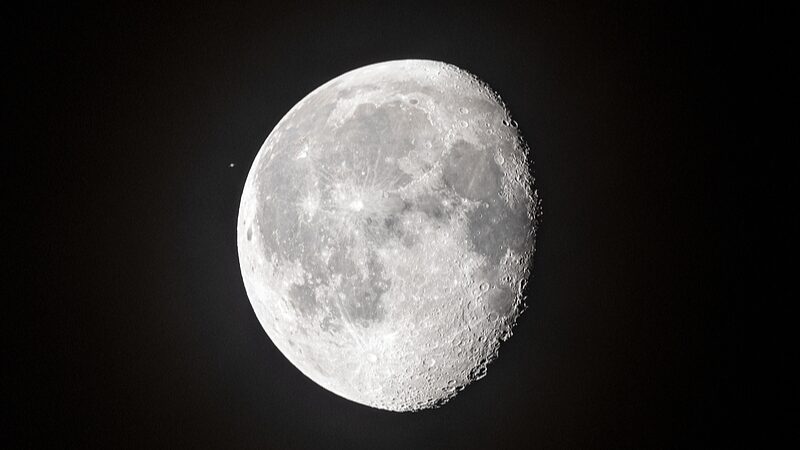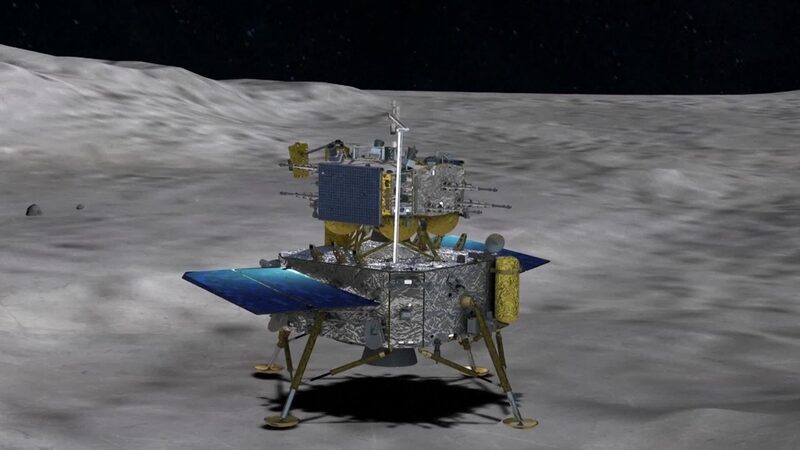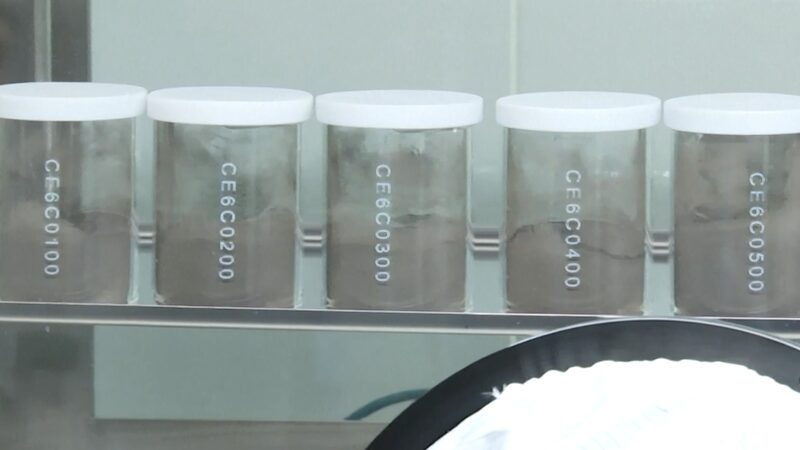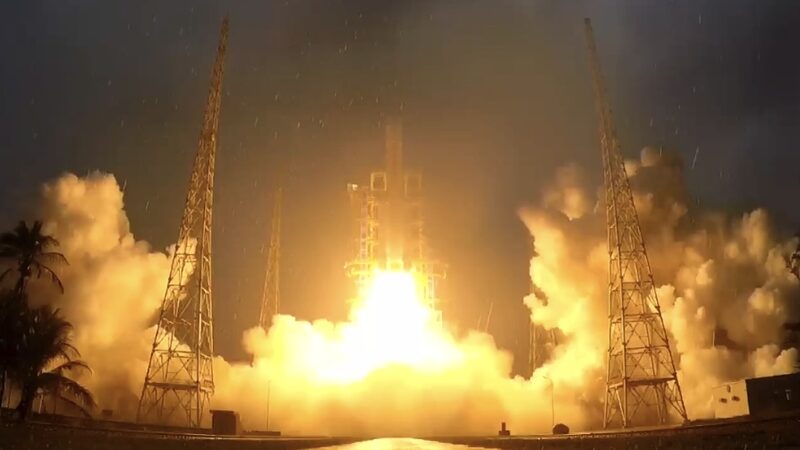Chinese scientists have made history—again! 🔬 A groundbreaking study published Monday in the National Science Review reveals the secrets of lunar soil collected from the Moon’s mysterious far side by China’s Chang'e-6 mission. 🌌 This marks the first-ever analysis of samples from this uncharted region, and the findings are out of this world!
The soil is lighter and fluffier than previous samples, with a unique mineral cocktail: think less olivine, more plagioclase. 🪐 The team also discovered traces of thorium, uranium, and potassium that don’t match Apollo-era or Chang'e-5 samples—hinting at a whole new chapter in lunar geology!
'This is like finding a missing puzzle piece,' says lead researcher Li Chunlai. 🚀 The data could explain why the Moon’s near and far sides have such different volcanic histories, and even shed light on our solar system’s wild teenage years (aka 4 billion years ago).
Chang'e-6, which landed back on Earth in June with nearly 2 kg of Moon dust 🛰️, is now giving scientists a front-row seat to cosmic evolution. From volcanic drama to asteroid impacts, these rocks are spilling the tea ☕ on lunar secrets we’ve never imagined.
Reference(s):
Chinese scientists publish first paper decoding lunar farside samples
cgtn.com





